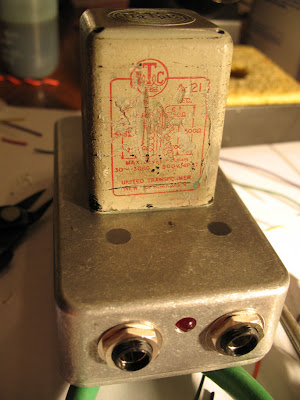sverige_cruz
Well-known member

Just finished another - my other has an OEP xfmr, this one a UTC A-21 that has been getting dusty. I know the impedance match is not "to design", but I figured I'd build it and find out if it works (well). It does.
Compared to the OEP, this one is darker - I kinda like it better, but I'm into old thuddy bass sounds.
Reused an enclosure, filling the holes with JBWeld.
Thanks again Bo!
Here's some more pics:
http://lh6.ggpht.com/_EHQRT0x3gro/TON1gj7c0ZI/AAAAAAAAANc/wxIUjWkrQG4/box_xfmr.jpg
http://lh4.ggpht.com/_EHQRT0x3gro/TON1gd-Tr0I/AAAAAAAAANY/6FC-Z64Sl-k/box_pcb.jpg
http://lh5.ggpht.com/_EHQRT0x3gro/TON1gn6XpLI/AAAAAAAAANg/bVHey1Jmknc/done_pre_install.jpg
http://lh4.ggpht.com/_EHQRT0x3gro/TON1g5CZDaI/AAAAAAAAANk/KsMSW0vsA-c/complete.jpg







































